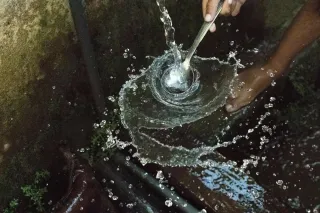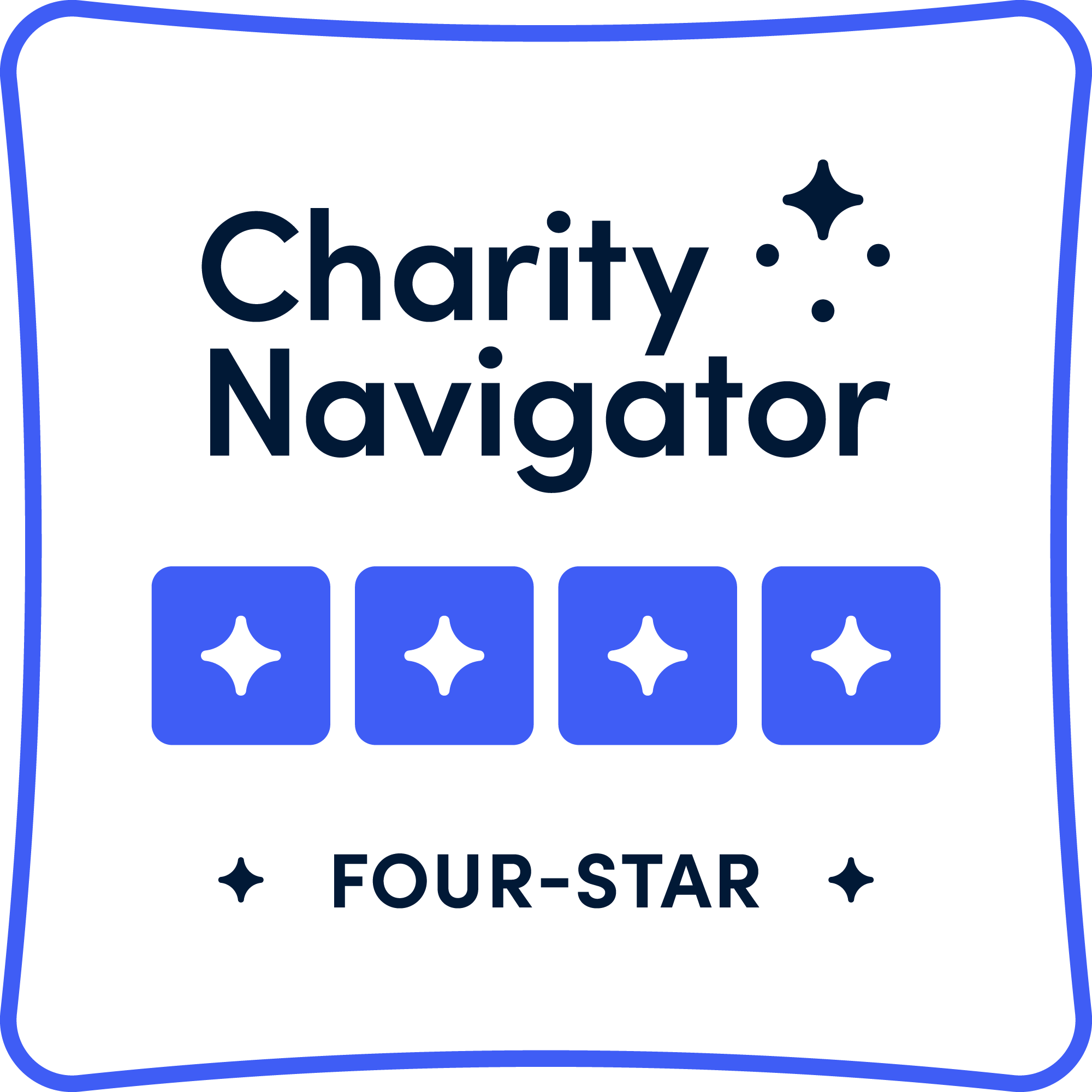Active banners: 1 Visible banners: 1
Banner ID: 4 Has content: true
Let's create continuous conversations about climate change education: Spreading the Sediment of Science!
PFAS Resources for Communities
Provided by: Wisconsin Department of Natural Resources |Published on: September 25, 2023
Articles/Websites
9101112AP
Synopsis
- This resource provides links to a Wisconsin PFAS community response report, information about funding to improve drinking water infrastructure, and information that can help Wisconsin citizens understand and communicate the health risks associated with exposure to PFAS (perfluoroalkyl and polyfluoroalkyl substances).
- The report gives an overview of the state's testing infrastructure and procedures, while the funding link details the funds available for improving the availability of clean and safe drinking water in Wisconsin.
- Access to clean water will become more variable as climate patterns change, making water pollution a significant concern for communities in many locations.

Subjects: Chemistry, Biology, Civics
Authors: Wisconsin Department of Natural Resources
Region: North America, USA - Midwest, United States, Wisconsin
Languages: English
Teaching Materials
Positives
- There is an excellent infographic linked on the bottom right of the webpage that provides a quick snapshot of Wisconsin initiatives and resources for addressing PFAS contamination.
- By reviewing these resources, students can see how state governments take action to protect citizens' health and learn ways to empower themselves to monitor their environment and advocate for their health.
Additional Prerequisites
- Students should understand that some chemicals do not break down in the environment and can have persistent and accumulating health effects, even years after their discontinued use.
- Students should have some familiarity with laws and entities that protect the environment, such as the Safe Drinking Water Act, U.S. Environmental Protection Agency, and Wisconsin Department of Natural Resources.
- If students do not have a connection to Wisconsin, consider checking your local government health and environment websites to see if there is a PFAS action plan.
Differentiation
- Before reading through this website, have students discuss how they think their drinking water is monitored and who is responsible for ensuring it is safe.
- It is recommended to begin a lesson with the infographic describing PFAS, with students taking a few minutes to review the one-page document and forming a list of questions they would like to investigate.
- Encourage students to discover whether they have access to public water or private well water at their homes and schools and investigate the testing protocols for different contaminants.
- Ask students if they fish or consume locally-caught fish and then use the resources linked on the right side of the page to discover the consumption advisories for different fish in Wisconsin.
Scientist Notes
Teaching Tips
Standards
Resource Type and Format
All resources can be used for your educational purposes with proper attribution to the content provider.
Teaching Materials
Educator Support
My Account







